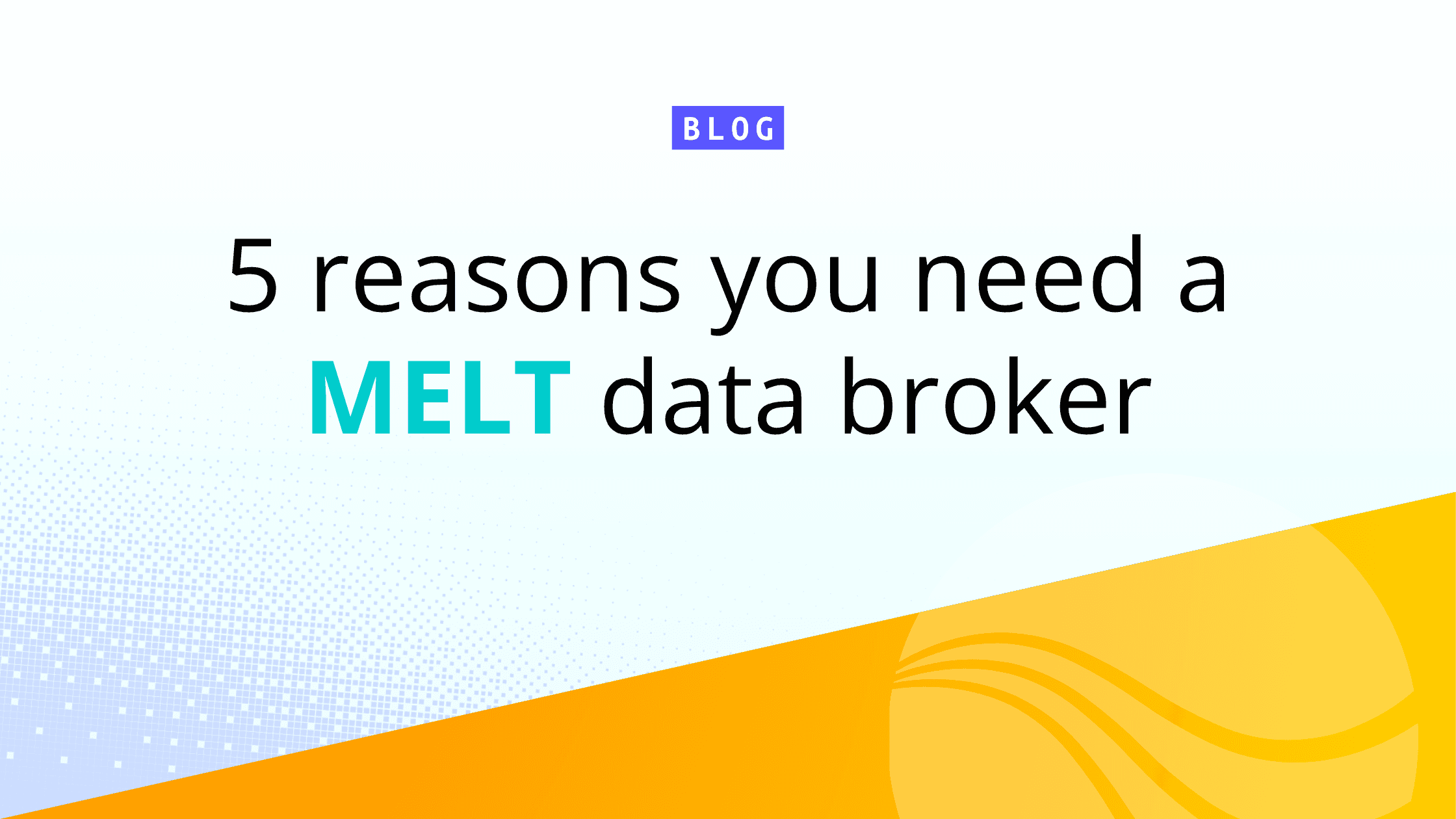Data management is the backbone of effective decision-making in modern organizations. The ability to seamlessly collect, process, and analyze data can make the difference between thriving in a competitive market or falling behind.
ETL (Extract, Transform, Load) processes and data pipelines are two foundational methods for integrating and moving data. Each approach offers distinct advantages depending on your goals and infrastructure. By breaking down the differences, you can better determine which solution aligns with your data strategy.
Understanding ETL and Data Pipelines
Before exploring the differences between ETL and data pipelines, it’s essential to understand what each process entails and how they contribute to data integration.
What is ETL?
ETL stands for Extract, Transform, Load—a structured process used to collect data from various sources, transform it to meet specific requirements, and load it into a target system like a data warehouse. Combining data from multiple inputs into a single, unified dataset is at the core of ETL’s purpose. Traditionally, ETL operates in batch processing mode, making it ideal for handling large volumes of structured data. Businesses often use ETL tools to consolidate data for reporting and analytics, ensuring consistency and accuracy throughout the data flow.
What is a Data Pipeline?
A data pipeline is a broader concept encompassing any system or workflow designed to move data from one system to another. Unlike ETL, a data pipeline doesn’t always involve transformation—it can include tasks like real-time data processing, streaming data, or simply transferring raw data. While data pipelines may also aggregate data from multiple sources, they are more versatile and can process data in various forms, making them suitable for modern, dynamic use cases like machine learning, social media analytics, or cloud data integration.
Understanding these foundational processes helps lay the groundwork for evaluating ETL vs. data pipeline approaches in your data strategy.
Data Pipeline vs ETL: How Are They Different?
While both ETL and data pipelines play a critical role in data integration, they differ in their scope, purpose, and functionality. Below, we break down the key differences, organizing them into categories for better clarity.
Scope and Definition
ETL: A structured process that extracts data from multiple sources, transforms it into a usable format, and loads it into a target system like a data warehouse.
Data Pipeline: A general framework for moving data between systems, often including tasks beyond ETL, such as real-time processing or transferring raw data.
Processing Mode
ETL: Primarily works in batch processing mode, handling data in large, scheduled chunks.
Data Pipeline: Supports both batch and real-time data processing, enabling more dynamic workflows and continuous analytics.
Flexibility and Use Cases
ETL: Ideal for combining data inputs into well-defined transformation workflows and structured data processing, often supporting traditional reporting and analytics.
Data Pipeline: More versatile, designed for handling diverse data types and use cases like machine learning, streaming data, and unstructured data analytics.
Transformation Timing
ETL: Performs transformation as part of the process before loading data into its final destination (Extract → Transform → Load).
Data Pipeline: Transformation can occur at various stages, including post-loading (common in ELT pipelines), offering greater adaptability to modern cloud architectures.
Data Sources and Targets
ETL: Primarily works with structured data sources like databases and is often used to load data into systems like data warehouses.
Data Pipeline: Handles structured, semi-structured, and unstructured data, delivering data to a broader range of endpoints, from APIs to machine learning models.
Tools and Ecosystems
ETL Tools: Specialized platforms such as Informatica, Talend, or traditional ETL modules within data warehouse systems.
Data Pipeline Tools: Flexible frameworks like Apache Kafka, Apache NiFi, or cloud-native tools like AWS Data Pipeline, designed for broader and more complex workflows.
These distinctions highlight how ETL and data pipelines are tailored for different data strategies. By understanding the strengths of each approach, organizations can choose the one that aligns with their operational needs and goals.
When to Use Which Pipeline?
Deciding between an ETL pipeline and a data pipeline comes down to your organization’s data needs, the types of data you handle, and the goals of your data strategy. Both approaches serve vital roles, but they excel in different contexts.
An ETL pipeline is the go-to choice when working with structured data and predefined workflows. It’s best suited for batch processing, where large volumes of data are processed at scheduled intervals. ETL is ideal for consolidating data into centralized systems like data warehouses, ensuring consistency and quality. If your primary goal is traditional reporting or analytics that rely on clean, structured data, an ETL pipeline offers a reliable and proven solution.
On the other hand, a data pipeline provides the flexibility needed for more modern, dynamic use cases. Unlike ETL, data pipelines can handle both batch and real-time processing, making them suitable for scenarios that require immediate insights or continuous data movement. They excel when dealing with diverse data formats, including unstructured or semi-structured data, and can integrate with a wide range of endpoints, such as APIs, machine learning models, or cloud-native systems.
The choice ultimately depends on your workflow. For businesses focused on structured reporting and traditional analytics, ETL remains a powerful option. However, if your organization needs agility in data processing and the ability to support real-time analytics or machine learning, a data pipeline is the better fit. By aligning the choice with your specific data requirements, you can ensure a streamlined, efficient strategy for managing and processing data.
Key Takeaways
ETL vs. Data Pipeline: ETL focuses on combining data inputs and structured, batch workflows, while data pipelines offer flexibility for real-time and unstructured use cases.
Real-Time vs. Batch: Data pipelines are ideal for real-time workflows, whereas ETL pipelines excel in batch processing.
Choosing the Right Tool: Your decision should align with your goals—whether it’s traditional reporting or dynamic, cloud-native integrations.
FAQ
What’s the best tool for creating data pipelines?
The best tool depends on your use case. Tools like Cribl Stream excel in flexibility and scalability for modern use cases, while traditional ETL tools like Informatica or Talend are great for structured workflows.
Why is batch processing still relevant when real-time processing exists?
Batch processing is ideal for tasks that don’t require immediate results, such as generating nightly reports or consolidating large datasets. It’s often more cost-effective and efficient for handling high volumes of structured data at once.
Why is real-time data processing important?
Real-time processing enables faster insights, making it essential for applications like social media analytics, IoT, and fraud detection.
Can a data pipeline replace ETL?
Not entirely. While data pipelines are more versatile, ETL pipelines are still valuable for structured data integration in centralized systems.
What’s the main difference between ETL and a data pipeline?
ETL focuses on extracting, transforming, and loading data in structured workflows, often for batch processing. Data pipelines are broader, supporting real-time and batch data movement across systems.







